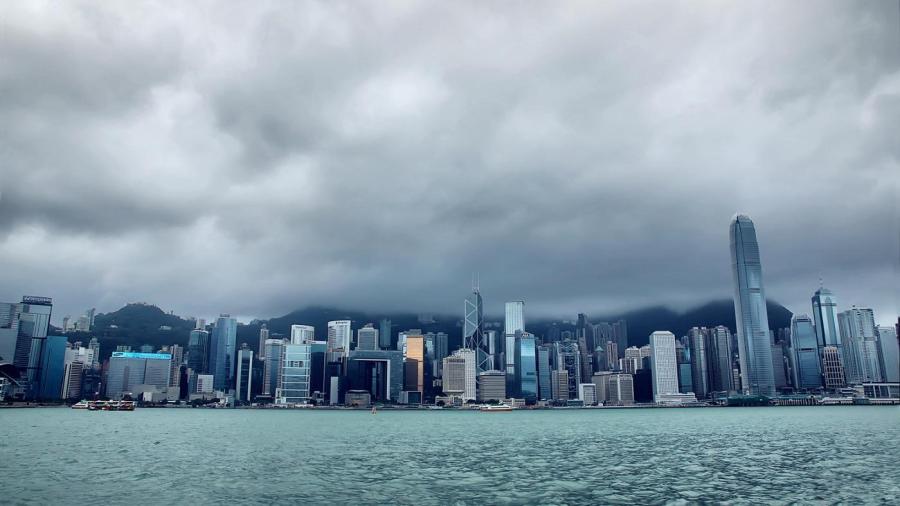What Causes a Typhoon?

Typhoons are cyclonic tropical storms caused by a combination of warm water, evaporation, swirling winds and other factors. They typically start as smaller more mundane storms, but under the right conditions they may grow into monster coastline-wrecking typhoons.
A typhoon is also called a hurricane or cyclone, depending where on the globe they form. The balmy tropical oceans propagates increased evaporation, and the condensation of that water vapor into clouds releases a lot of heat. The heat creates a large area of low pressure, typically transforming it into a tropical storm. This storm sucks in surrounding winds which begin spinning about themselves due to the Coriolis effect. The storm grows over days and weeks as more moisture and winds are propagated by the warm ocean waters.
Typhoons are essentially gigantic heat engines. The warm water feeds heat into the air above it, and that in turn imparts more energy to the winds rotating in the storm. The warmer the water and the larger the area the warm water occupies, the more energy the storm picks up and the faster the winds become. Hurricane season occurs when large swaths of the ocean thousands of miles across possess waters warm enough to trigger and sustain multiple typhoons.





